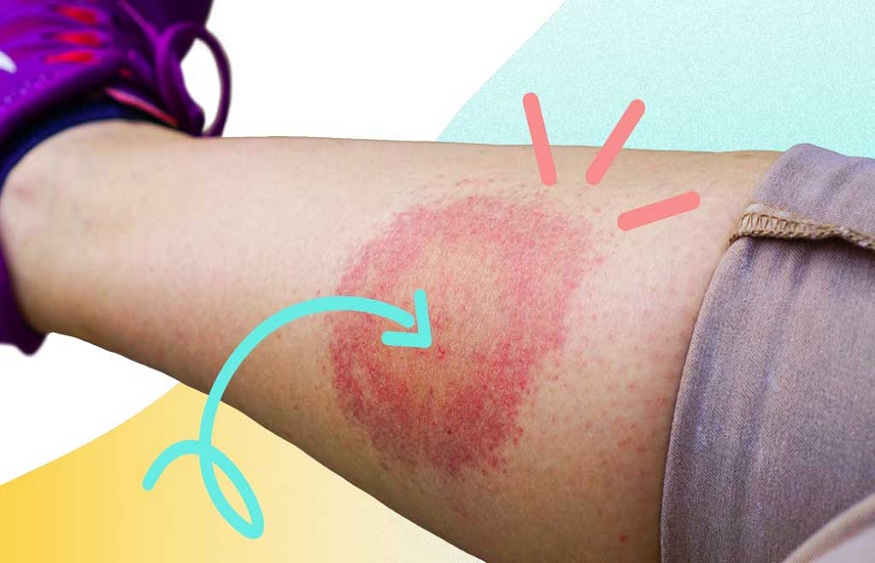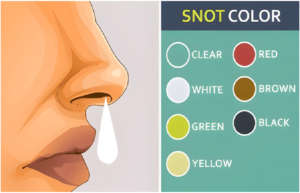Insights into Lyme Disease: Symptoms and Treatment Options

Lyme disease is a tick-borne illness caused by the bacterium Borrelia burgdorferi. It is prevalent in certain regions worldwide and can cause a range of symptoms if left untreated. In this blog post, we will delve into the symptoms, complications, and available treatment options for Lyme disease, providing valuable insights to increase awareness and understanding of this condition.
Understanding Lyme Disease
1. Transmission and Early Symptoms
Lyme disease is primarily transmitted through the bite of infected black-legged ticks (also known as deer ticks). The early symptoms typically appear within 3 to 30 days after a tick bite and can include:
– Bulls-eye Rash (Erythema migrans): This distinctive rash often expands and resembles a target or bull’s eye. It usually appears at the site of the tick bite and is accompanied by mild flu-like symptoms such as fatigue, fever, headache, and muscle aches.
2. Complications and Late-Stage Symptoms
If Lyme disease is left untreated, it can progress to more severe stages and lead to various complications. Late-stage symptoms may include:
– Joint Pain and Swelling: Lyme disease can cause severe joint pain, particularly in the knees. Joint swelling and inflammation may occur.
– Neurological Symptoms: Some individuals may experience neurological symptoms such as facial palsy (weakness or paralysis of facial muscles), memory problems, numbness or tingling in the hands or feet, and inflammation of the brain and spinal cord.
– Cardiac Abnormalities: In rare cases, Lyme disease can affect the heart, causing irregular heart rhythms, chest pain, and shortness of breath.
Treatment Options
1. Antibiotic Therapy
The primary treatment for Lyme disease is a course of antibiotics. The choice of antibiotic and duration of treatment depend on the stage of the disease and the severity of symptoms. Commonly prescribed antibiotics include doxycycline, amoxicillin, and cefuroxime. Early treatment is crucial to prevent the disease from progressing to later stages and reducing the risk of complications.
2. Follow-up Care and Monitoring
In some cases, symptoms may persist or recur even after completing antibiotic treatment. This condition is known as post-treatment Lyme disease syndrome (PTLDS). It is essential for individuals with PTLDS to receive follow-up care and monitoring to manage lingering symptoms effectively. Symptomatic relief may be provided through medications to address specific symptoms, such as pain or fatigue.
Prevention and Tick Bite Avoidance
Preventing tick bites is crucial in reducing the risk of Lyme disease. Here are some preventive measures:
– Use insect repellents containing DEET or picaridin.
– Wear long-sleeved shirts, long pants, and closed-toe shoes when in tick-infested areas.
– Perform regular tick checks on yourself, your children, and pets after spending time outdoors.
– Remove ticks promptly and properly using fine-tipped tweezers.
Conclusion
Lyme disease is a complex illness that can cause a range of symptoms and complications if not promptly diagnosed and treated. Recognizing the early signs, such as the characteristic bull’s-eye rash, and seeking medical attention are key steps in managing this condition. Antibiotic therapy remains the primary treatment option, but close monitoring and follow-up care are essential, especially in cases of persistent symptoms. By adopting preventive measures and promoting tick bite avoidance, individuals can reduce their risk of contracting Lyme disease. Increasing awareness and understanding of this condition empowers individuals to take necessary precautions and seek timely treatment, ultimately improving outcomes for those affected by Lyme disease.





